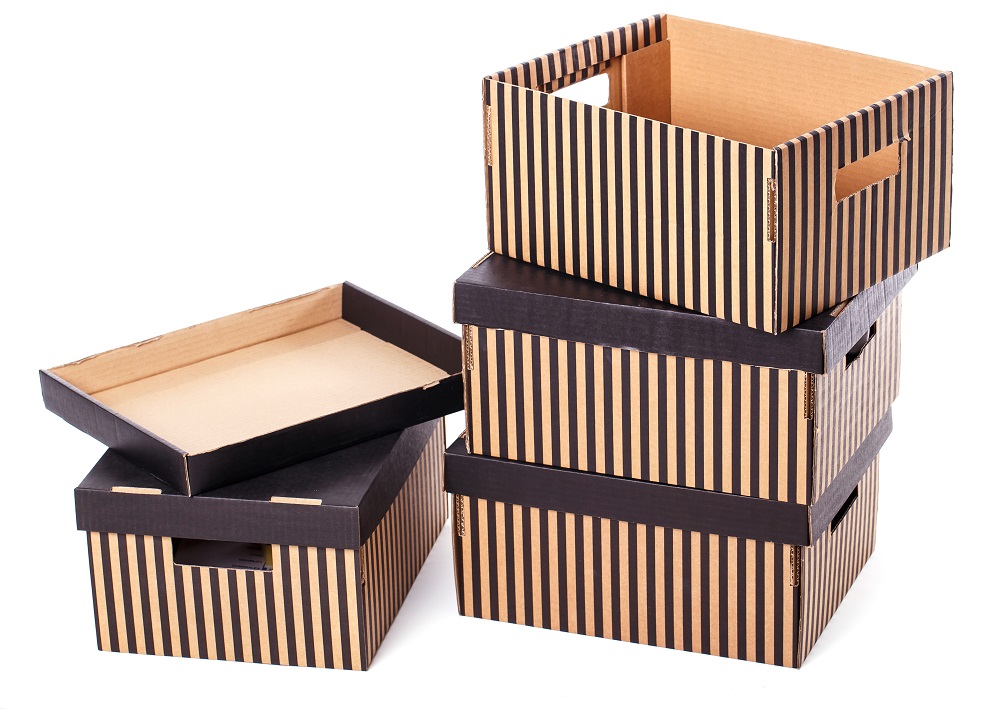Are you an e-commerce proprietor looking for an apt packaging solution? Or a simple homeowner endeavoring to shelve your keepsakes efficiently? You might even be a crafting enthusiast desirous to repurpose something mundane into an impressive DIY project. Whatever the reason, understanding postage boxes offers a multitude of answers. This exploration anchors on unpacking the multifaceted world of postage boxes – their types, utility, pros-cons, and much more.
Postage boxes, as ordinary they seem, play an essential role in our day-to-day life, focusing largely on storage but intermittently branching towards aesthetics and sustainability. This comprehensive guide aspires to open new doors of knowledge, simplify your choices, and enhance your experience with the humble postage boxes. So, brace yourselves as we set off on a journey to discover how these seemingly simple objects can create magic with their versatility.
The spotlight, hereby, does not singularly focus on their surface-level application but delves deeper into the innovative usage, environmental impact, and the underpinning principle of ‘right box for the right job’. Buckle up to delve into this engaging world of postage boxe, bound to pique your interest as you navigate through their multiple facets.

The Genesis Of Postage Boxes – Why And When
Origins couldn’t be more humble for postage boxes. Foreman Robert Gair inadvertently embarked on the course to these crucial objects; a mistake while placing a ruler transformed the packaging industry forever. Official introductions, however, happened during 1839, addressing the urgent need for sturdy, easy-to-construct, and inexpensive packaging.
At the very foundation was the intent of providing storage and shipping solutions designed to withstand tedious travel trials. As communication and connectivity expanded geographically, these boxes became indispensable, potential game-changers that shifted the customer experience from simple providers into packaging pioneers.
Fast forwarding to the present day scenario, postage boxes have proven integral and irreplaceable in the e-commerce landscape. With consumers now valuing not only what’s inside but also the box itself, the boundaries of ‘why’ and ‘when’ they’re used are continually extending.
Dissecting The Different Types Of Postage Boxes
A postage box isn’t just a postage box anymore. The present day catalogues have broadened, bringing forth an expansive range. Self-assembly boxes, those topped with telescopic lids, archive boxes, board envelopes, padded bags, high-spec boxes—the gamut is exhaustive.
More so, these categories further sprawl into varied dimensions, materials and finishes, each serving a unique purpose and adding to aesthetics. Factors as seemingly niche yet critical as eco-friendliness are now forming an essential consideration in the R&D of these postage boxes.
The array of options is bountiful, with each variety set to serve a different set of needs and requirements. Knowledge of this diversity is beneficial for an informed decision, enabling you to select just the ‘right box for the right job’.
How Postage Boxes Fare On An Environmental Scale
It’s unignorable how environmental concerns proliferate discussions across every sector today. And the packaging industry, with the humble postage box at its helm, isn’t an exception. Cardboard boxes, the most common postage boxes, happen to be environmentally friendly owing to their core material- paper, and the involved production process.
In contrast, positive strides are apparent in the production of plastic containers, with greater shifts towards recyclability and longevity. The debate between cardboard and plastic, however, is an ongoing one and will continue to be a vital determinant of the future of the postage box.
The Creative Utilisation Of Postage Boxes
The versatility of postage boxes isn’t limited to their functional benefits alone. In fact, a surge in creative utilization of these boxes is evident globally. Florists using them as a base for floral arrangements, artists transforming them into canvases, children inventing their dream houses – the list goes on.
Their appeal doesn’t stop at craft projects. Home owners have also found them valuable for organizing and decluttering spaces. Modern-day ergonomics even see these boxes serving as compact furniture items in minimalistic living spaces.
The Pros And Cons Of Using Postage Boxes
Like any subject, not all is rosy with postage boxes. A dissection of the pros and cons reveals both their merits and demerits. Convenient assembly, affordability, and compatibility with various merchandise types count as major pros. They also serve as an excellent tool for brands to extend their identity and customer experience.
On the flip side, durability concerns, limited protection against severe weather conditions, and occasional wastage as non-reusable are some of the negatives that cannot be ignored. A balanced perspective thus requires a deep dive into considering these pros and cons of postage boxes.

Conclusion
Combining all the exploration areas of postage boxes, it’s safe to say that we’re amid a ‘boxed revolution’, where the standard box is persistently evolving and widening its roles. With the ever-changing landscape of e-commerce and the rise of conscious consumerism, this trend only seems to be leaning towards amplification.
In truth, the world of postage boxes is far from simple. It is a complex diaspora of needs, solutions, and innovations, characterized by numerous variations and substantial environmental considerations. Moreover, the ongoing surge in creative repurposing points towards an exciting future, waiting to unfold.
However, alongside its commendable achievements, it is equally important to keep sight of their limitations. The future thereby calls for packaging solutions that integrate seamlessness and sustainability with enhanced functionality and aesthetics, making value addition a conclusive effort. Most importantly, it will be interesting to see how the humble postage boxes evolve with these times, creating a future that thinks ‘outside the box’.



